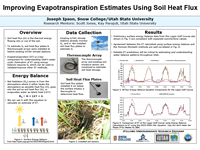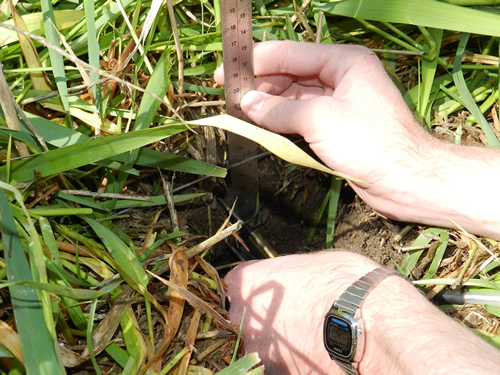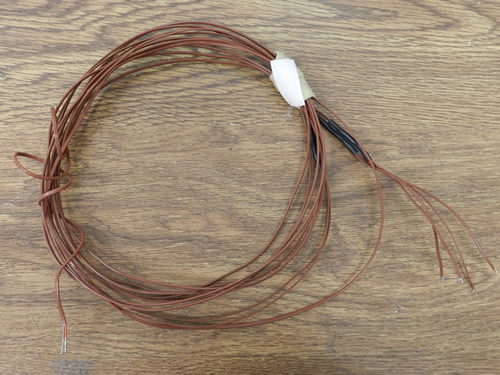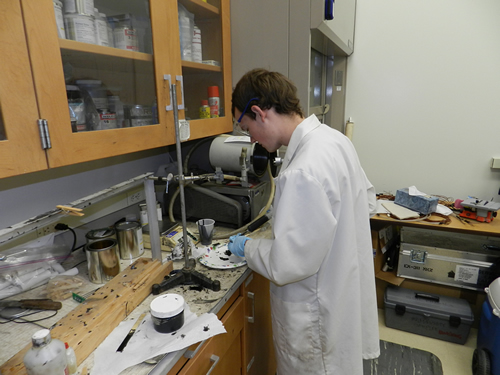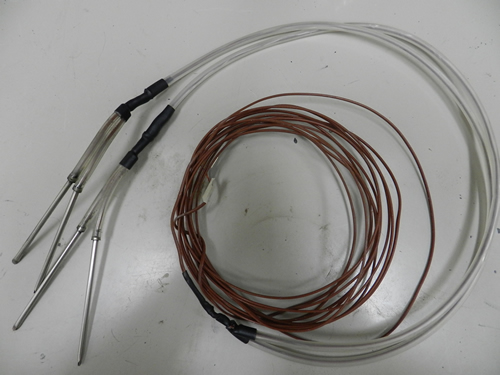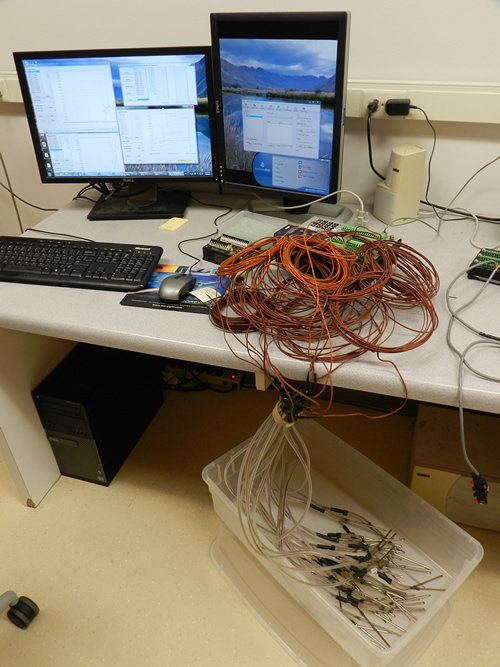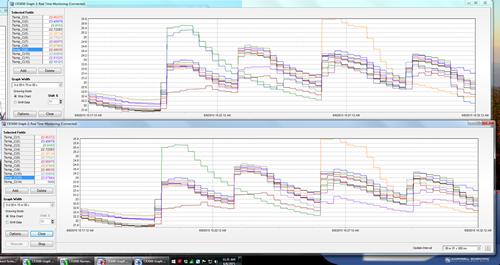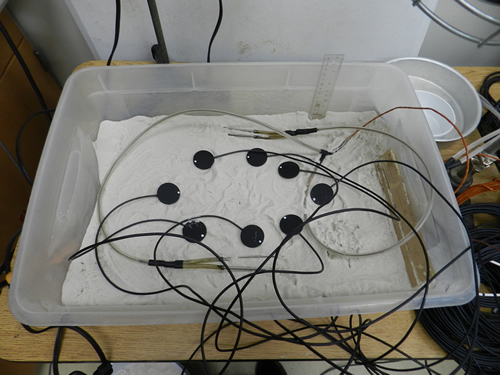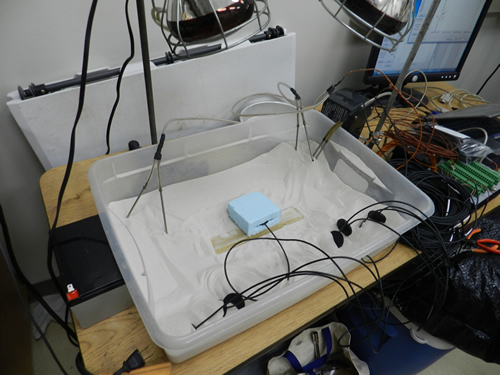iUTAH Team - Undergraduate iFellows

Joseph Ipson
Snow College
Mentors:
Faculty: Scott Jones, USU
Graduate: Kay Parajuli, USU
Research Focus:
Research Focus Area 1
Major:
Electrical Engineering
Biography:
Joseph Ipson grew up in West Valley City, Utah. He spent two years for his church teaching in Western New York State, and is now focused primarily on getting an education. Having now completed two years at Snow College, he is working on getting an Electrical Engineering degree at Utah State University. He loves to be able to learn about how things work and then share that knowledge with others. In his free time he enjoys tinkering with electronics, computer programming, gaming, and juggling.
iFellow Presentation
Weekly Recap:
Week 1 | Week 2 | Week 3 | Week 4 | Week 5 | Week 6 | Week 7 | Week 8 | Week 9 | Week 10 | Week 11
Week 1: May 18-22, 2015
This first week I went over some basic background for the heat flux plates and thermocouples we're going to be using. I then began putting together the thermocouples, which we will use for measuring soil temperature. I also tested them using a data logger and a heat gun.
Week 2: May 25-29, 2015
I spent most of this week putting together more thermocouples. We need to put some finishing touches on them still but there should be enough of them to install at every site planned. We were also able to install heat flux plates and thermocouples in the closest site.
Week 3: June 1-5, 2015
After wiring together two extra thermocouples, it came time to put metal tips on all of them. I've been training a fair amount with Jobie, who put some tubing on the thermocouples to protect them from rodents. He then got me started with cutting out metal tips and filling them with thermally conductive epoxy. They could then be put over the temperature measuring ends of the thermocouple wires. Later in the week, I also went with Kay to get soil samples so we could get a value for the soil's bulk density.
Week 4: June 8-12, 2015
I began this week by testing all of the thermocouples to verify that they were all working right. As you should be able to see in the picture, there were a few that were behaving abnormally and will need to be fixed. Later I installed another one of the heat flux plates and thermocouples at the Tony Grove station. I also spent a fair amount of time on making documentation for what I've been doing, so that the processes can be repeated after I'm gone.
Week 5: June 15-19, 2015
I spent a fair amount of time this week on documentation. It is impressive how much effort it can be to make good instructions and records. I also was able to go to the lab and run some tests with the heat flux plates we're using, gaining familiarity with how they work. I finished out the week going up to the Franklin Basin station, where I helped with fixing a few small things.
Week 6: June 22-26, 2015
I spent the first part of this week making a few extra temperature-averaging thermocouples, and doing further testing with the heat flux plates. By using a piece of foam with a slit and testing the plates one at a time, the results were vastly more consistent and useful. We also went to the Franklin Basin and TWDEF GAMUT stations, but were unfortunately unable to install any sensors because the cables were not long enough to install them properly.
Week 7: June 29-July 3, 2015
This week I looked at the sensors in the lab. There were some thermocouple arrays and soil heat flux plates that were broken or unfinished that I spent some time on. After mending one of the soil heat flux plate cables, we put them in a sand column under a heat lamp to calibrate them.
Week 8: July 6-10, 2015
This was the week to put in all of the soil heat flux plates and thermocouple arrays for the Provo River area. The weather was good and we got done a lot more quickly than I expected. I also spent time on the spare thermocouple arrays and on the project documentation.
Week 9: July 13-17, 2015
Aside from preparing for the iUTAH Symposium, the main thing I did was get good values for sensible heat flux, which is a key part of determining evapotranspiration. Kay and I got some of the data we had and found ways of making our calculations more accurate. Eventually we were able to find a way to get some reasonable values for sensible heat flux.
Week 10: July 20-24, 2015
No Entry
Week 11: July 27-31, 2015
With all of the installations complete, my time has been spent finalizing the remaining details of the project. I spent much of these last two weeks finishing documentation, cleaning up the workspace I used, and getting ready for the presentation that I gave on this last Wednesday. I also spent some time trying to fix some of the broken thermocouple arrays from previous weeks, which could be used as spares. Though I'll be leaving, the soil heat flux instrumentation I assisted with will continue to provide data, which can be used in determining evapotranspiration rates and therefore contributing to our understanding of Utah's climate.

